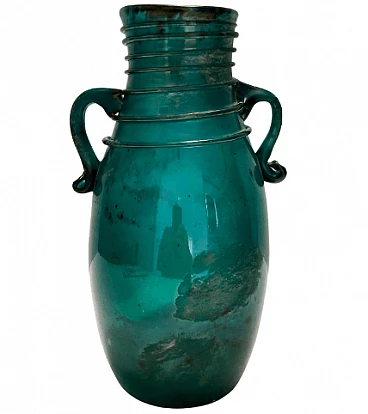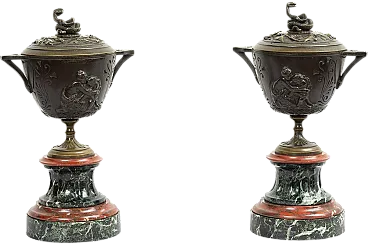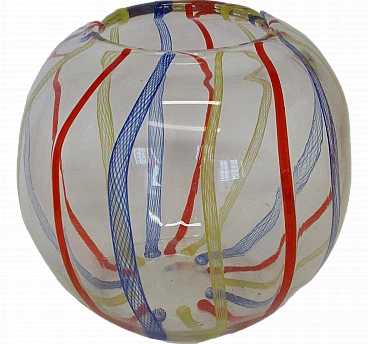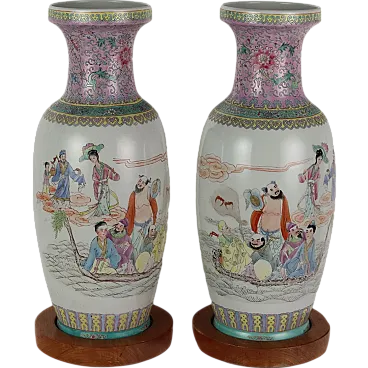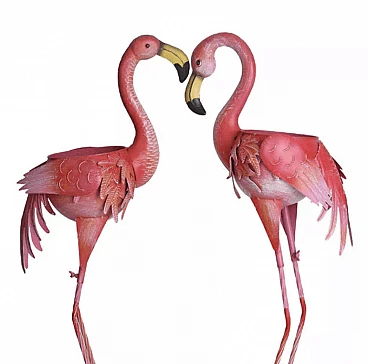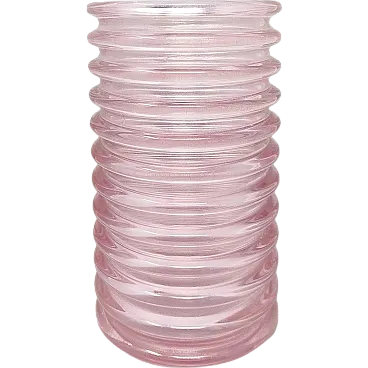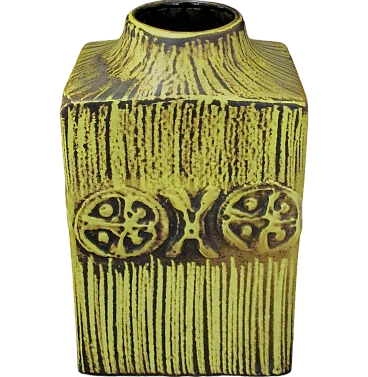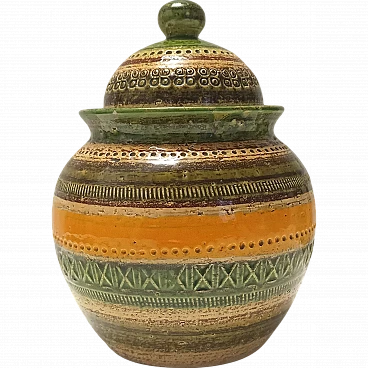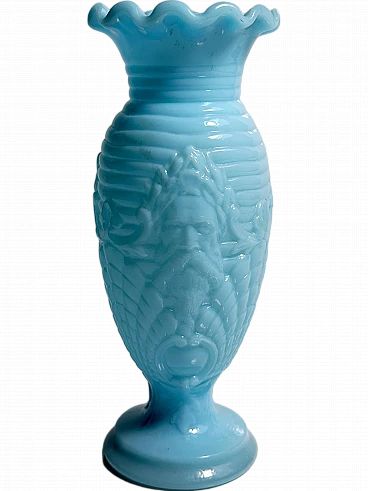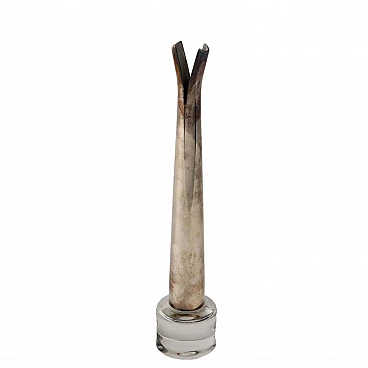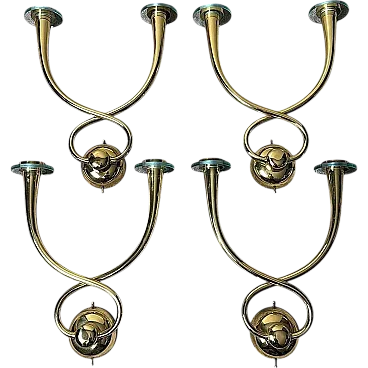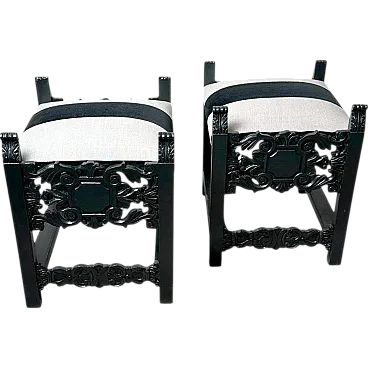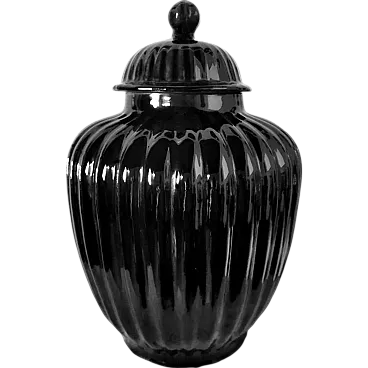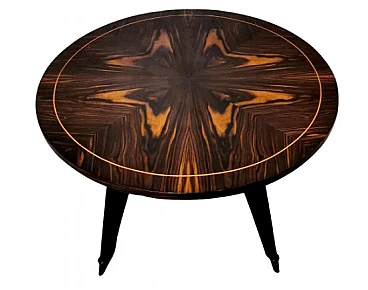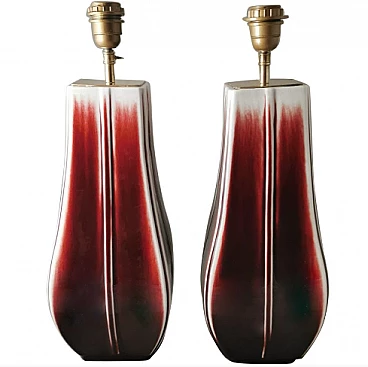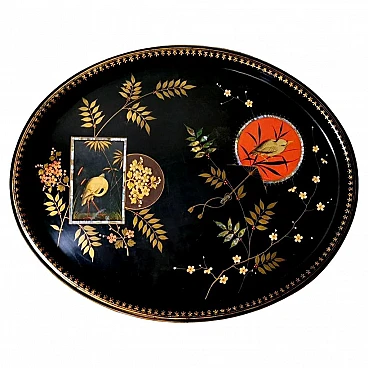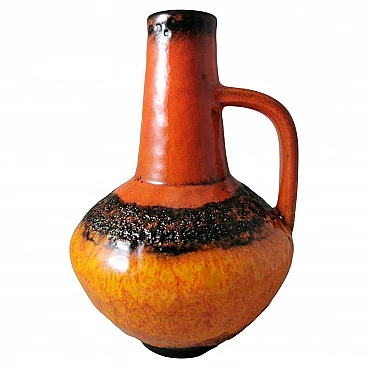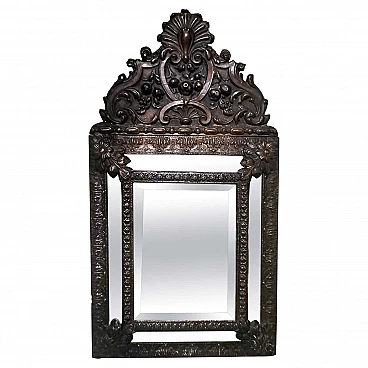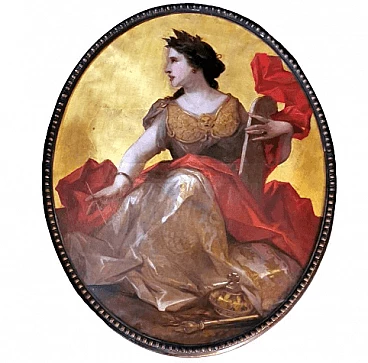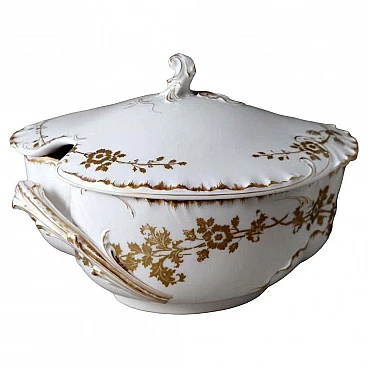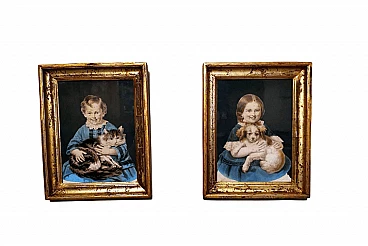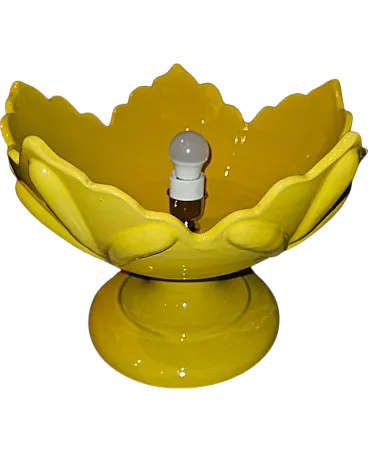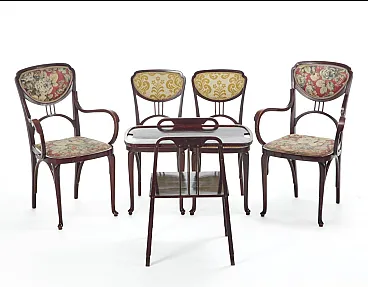This elegant and refined pair of cachepots is made of fine French "Porcelain de Paris" porcelain. The shape is extremely pleasant
and functional, and they feature a unique and exceptional floral decoration. On the black-colored surface, beautiful and graceful flowers are hand-painted in vivid and realistic colors, aesthetically well distributed. The talented miniature painter executed them with meticulous attention to detail, so much so that it almost seems as if you can catch and taste their fragrance. These are truly two small works of art. The rim and base are finished with a white line that reveals the porcelain underneath; the interior is white and has a hole in the bottom for water drainage. The beautiful flowers depicted belong to a creeping plant called "Convolvulus." The cachepots were created by master craftsmen in the Napoleon III style in a porcelain workshop in the suburbs of Paris, France, between 1880 and 1890, respecting ancient traditions and the raw material (kaolin).
Our cachepots are rare because the artisans of "Porcelain de Paris" rarely used the color black, preferring white. However, these objects followed the fashion of those years. "Porcelain de Paris" is a term that collectively refers to the various porcelain decoration workshops and studios in and around Paris. It is not the name of a single company or manufacturer and is usually applied to beautifully crafted objects produced in the mid to late nineteenth century. The makers are, in some cases, anonymous and generally unknown, or they created only a few rare pieces. Antique porcelain objects from Paris are highly desired by collectors and can be found in many museums around the world. “Convolvolo,” also known as "bellflower," comes from the Latin word "Convolvulus," which means to coil and refers to the plant's tendency to twist. It is a flower with a rich history and various meanings in the language of flowers; it is often associated with fleeting beauty and unrequited or impossible love.
The English name "morning glory" refers to the characteristic of these plants to bloom in the morning and close in the afternoon, symbolizing the ephemeral nature of beauty. During the Victorian era, bindweed was a popular subject in botanical illustrations
and fabric designs because of its elegant shape and bright colors. One legend has it that bindweed was used by Our Lady to drink the wine offered to her when she helped free a cart driver's cart from the mud. Since then, the little flower has been called "Our Lady's Cup."
In some Christian traditions, the bindweed is seen as a symbol of resurrection and hope because it closes and reopens every day.
The bindweed is a common decorative motif in various fields, from textiles to ceramic objects. Its spiral shape and bright colors make it a popular choice for elegant and natural decorations.
The cachepots are in excellent condition.
Measurements: diameter 18 cm, height 18 cm. We use special packaging materials (wooden crates, Styrofoam, etc.) for all our shipments to ensure maximum protection and safety of the items.
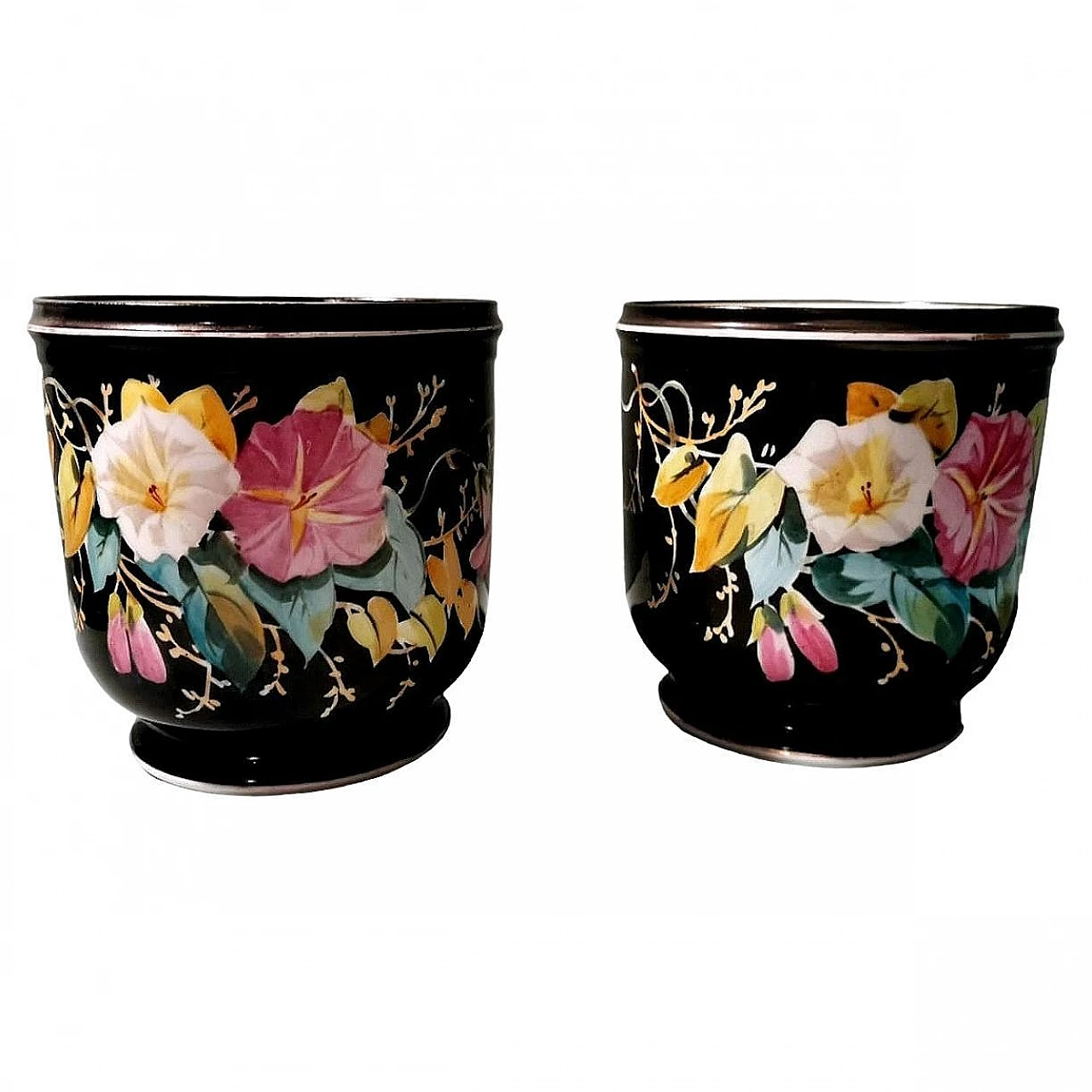
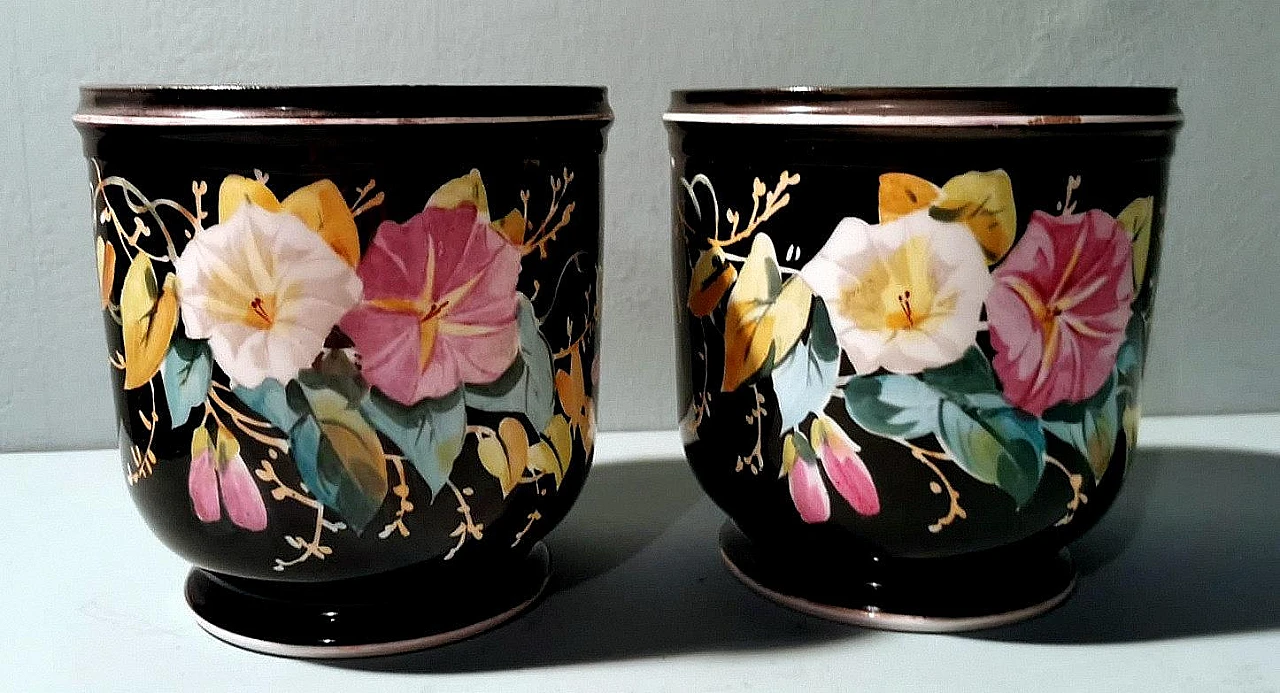
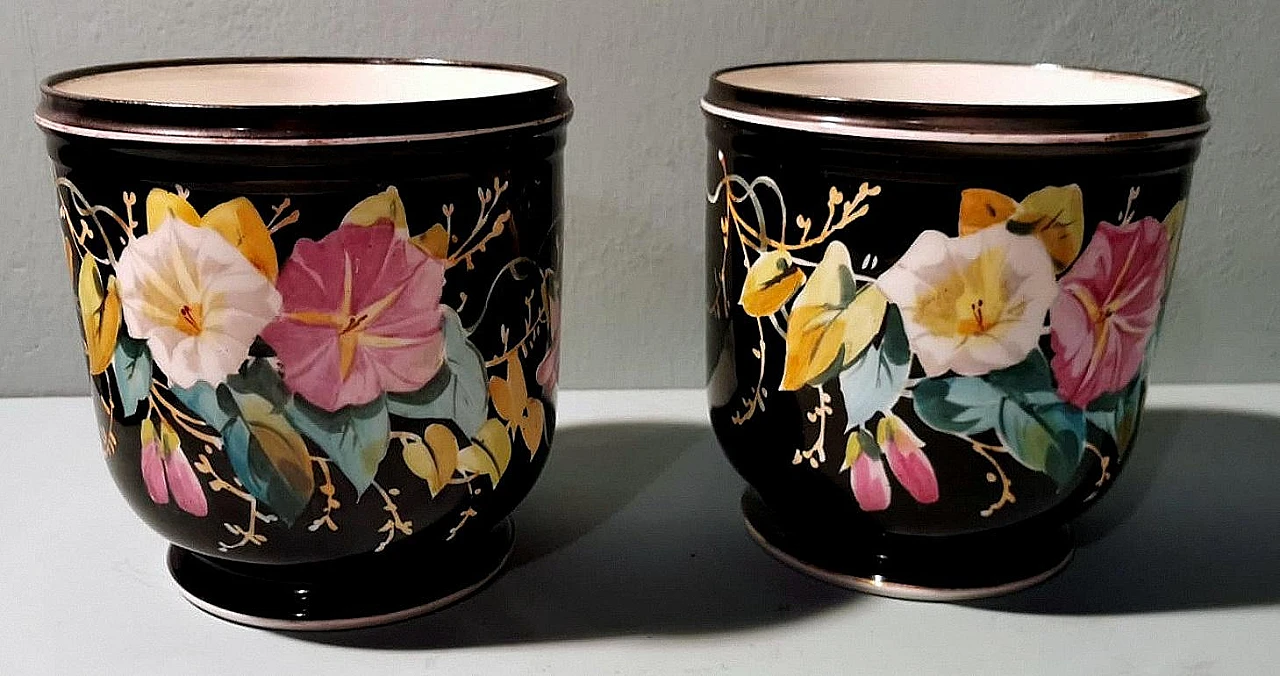
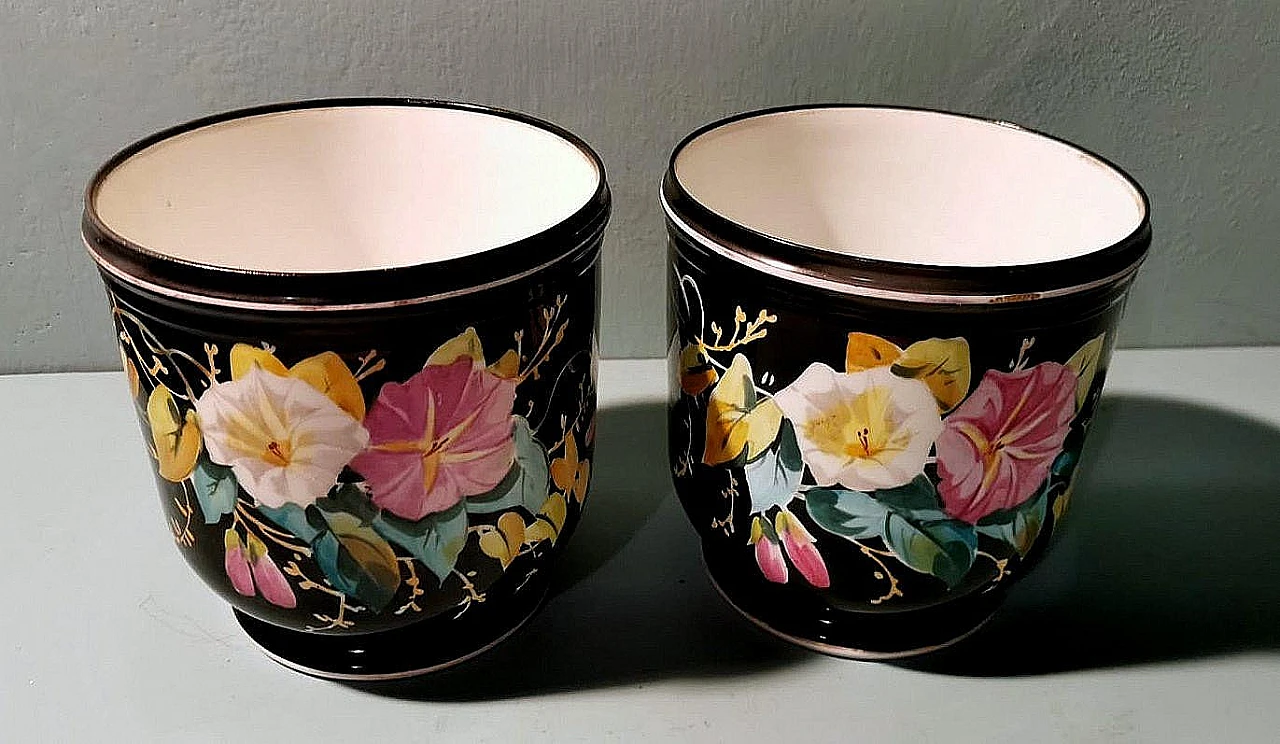
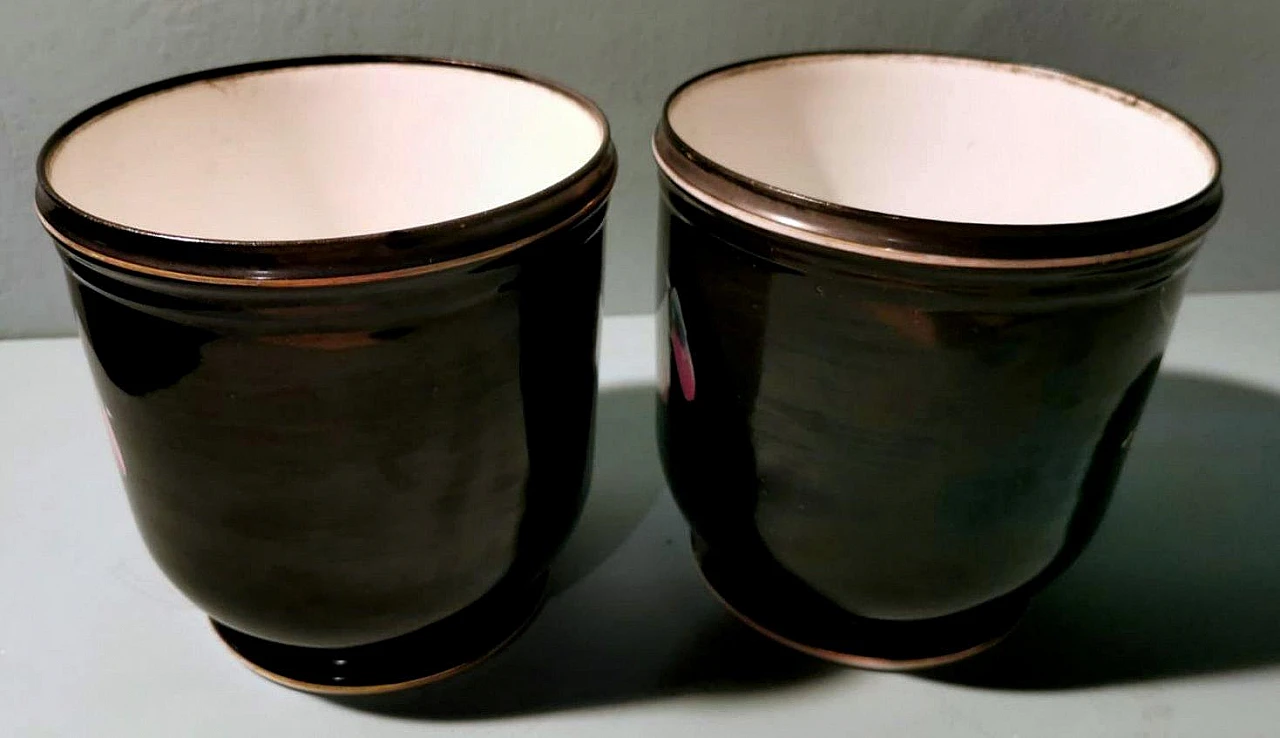
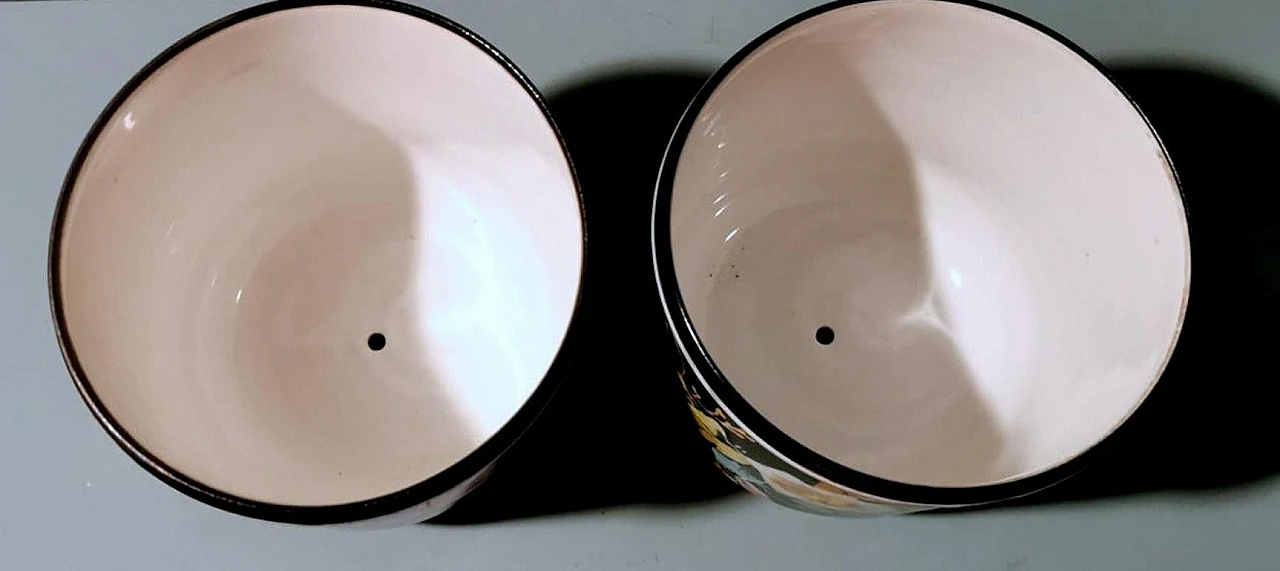
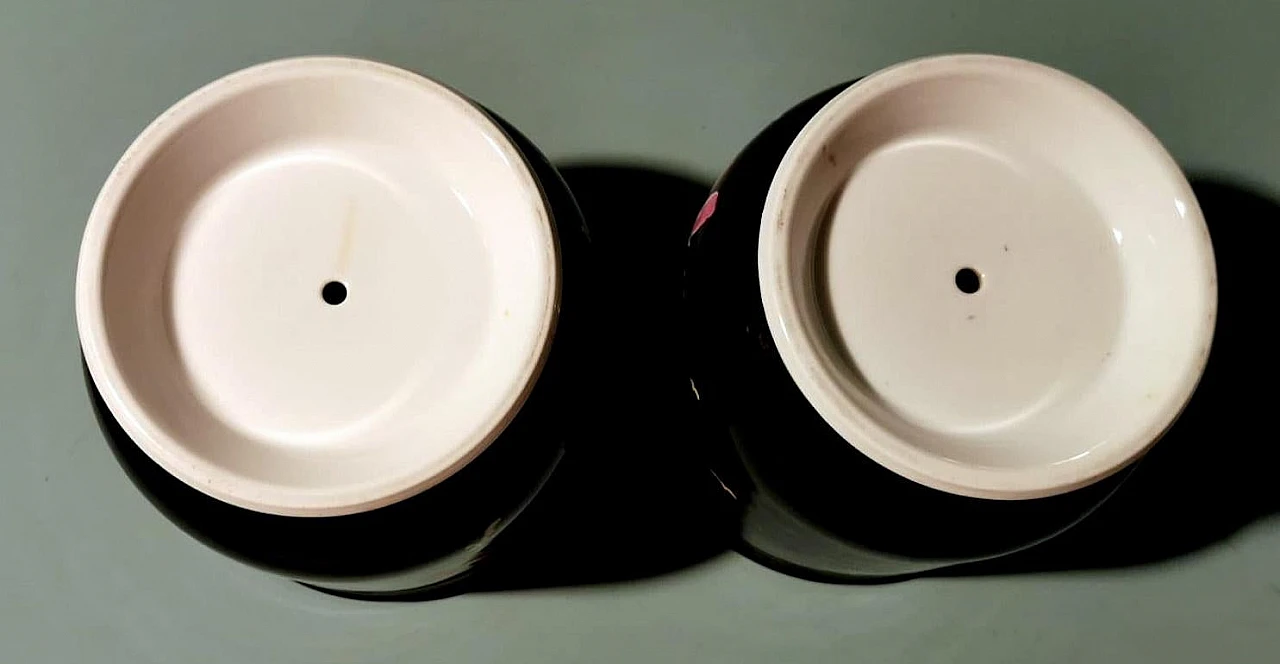
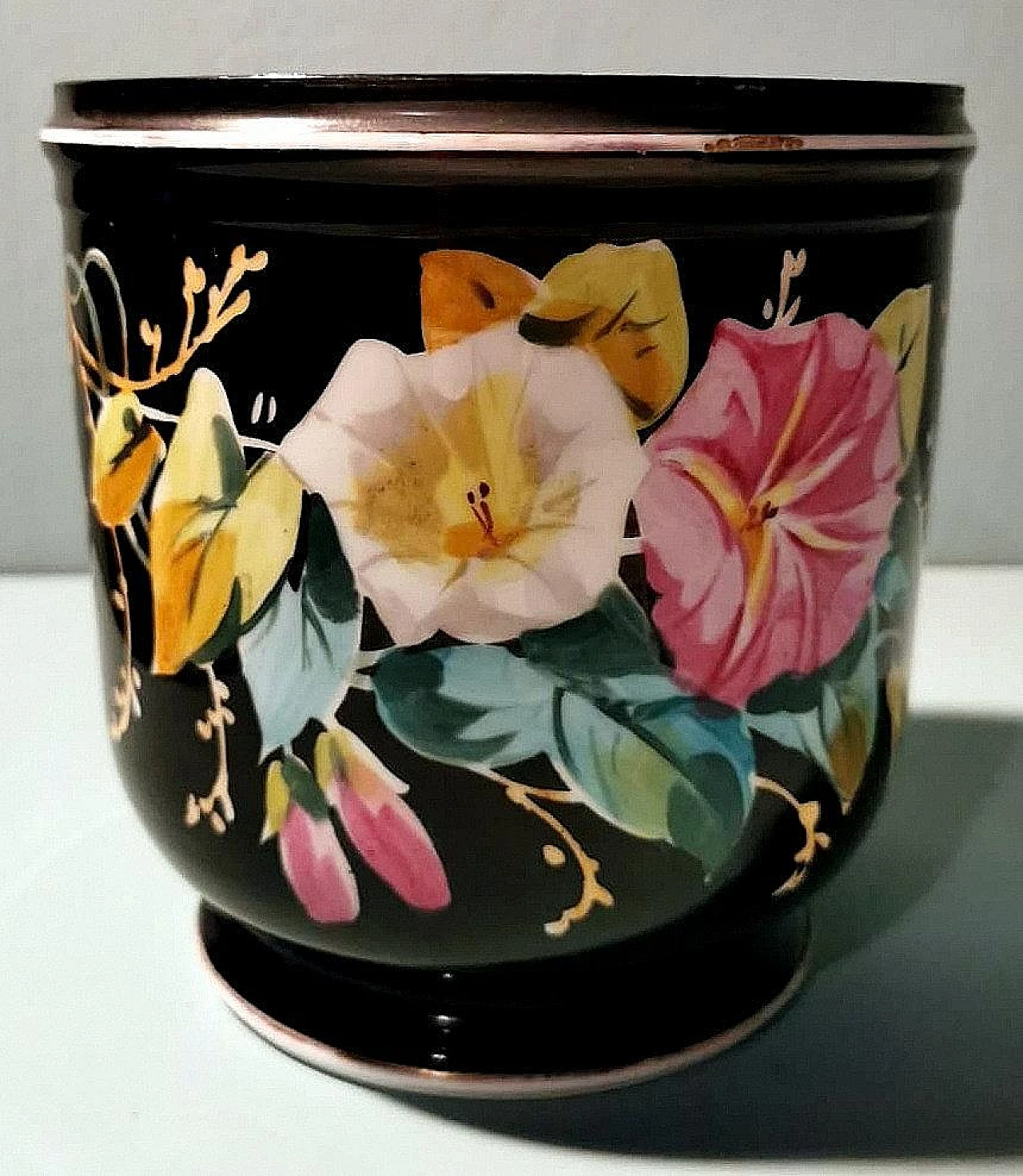
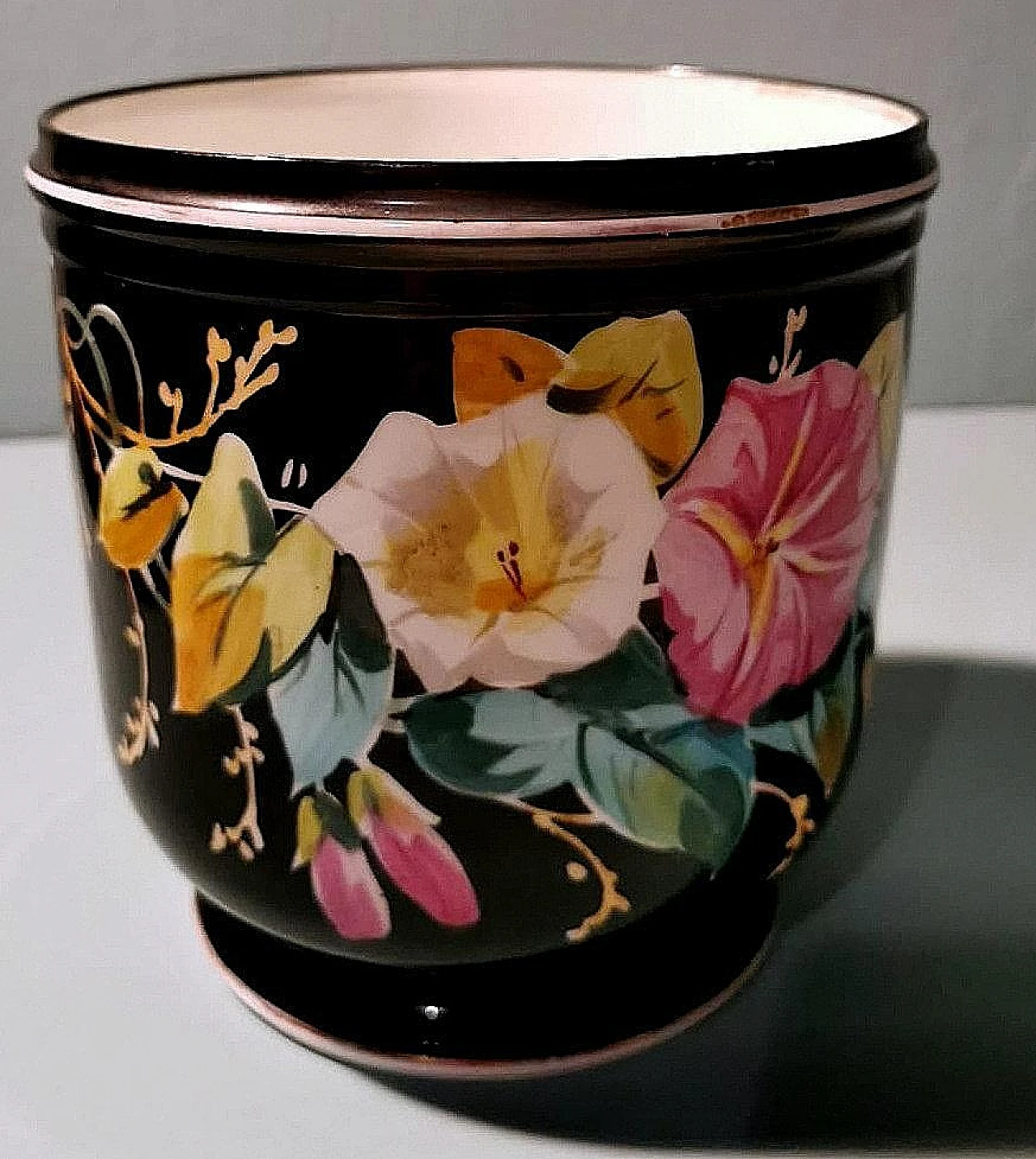
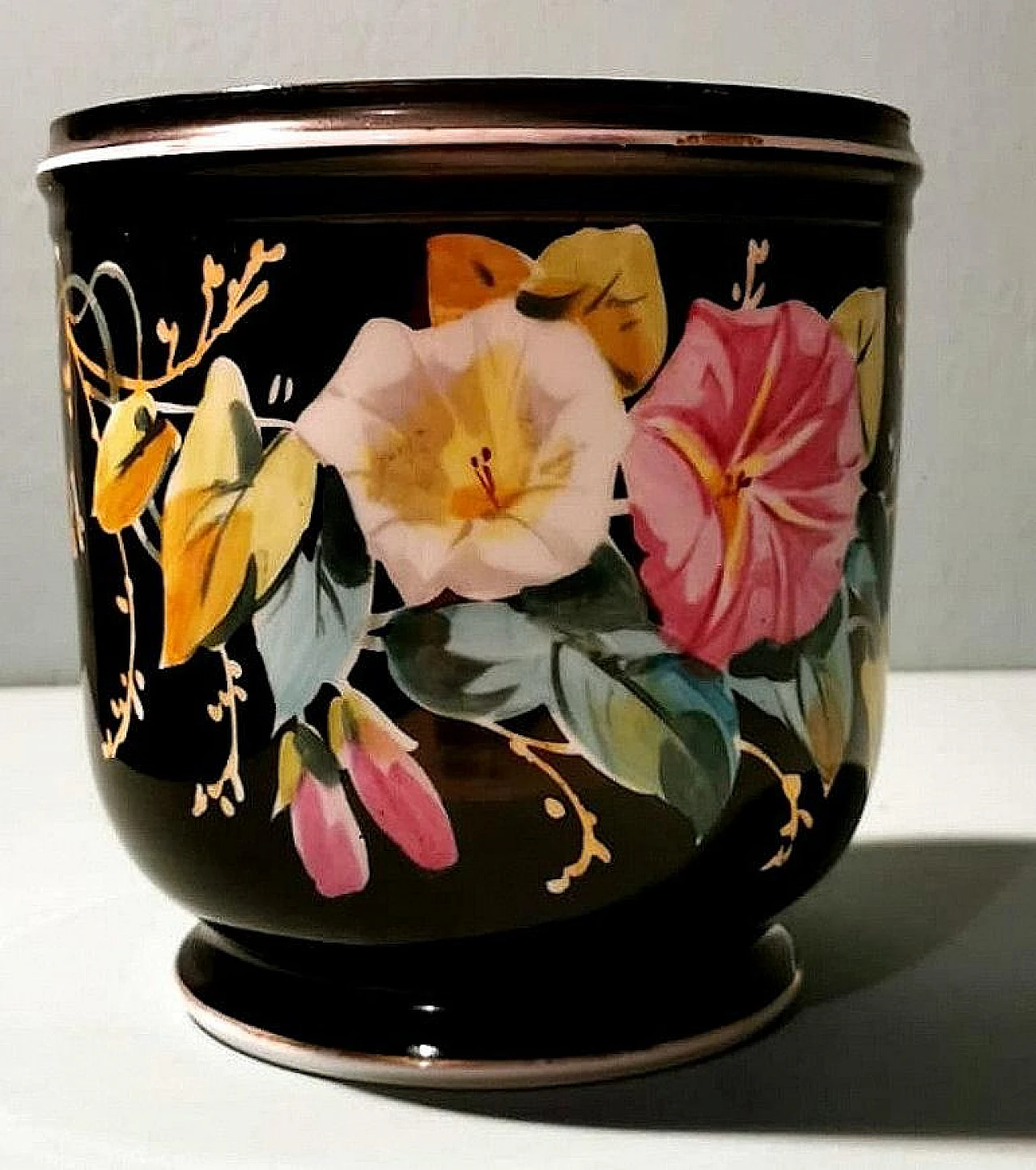
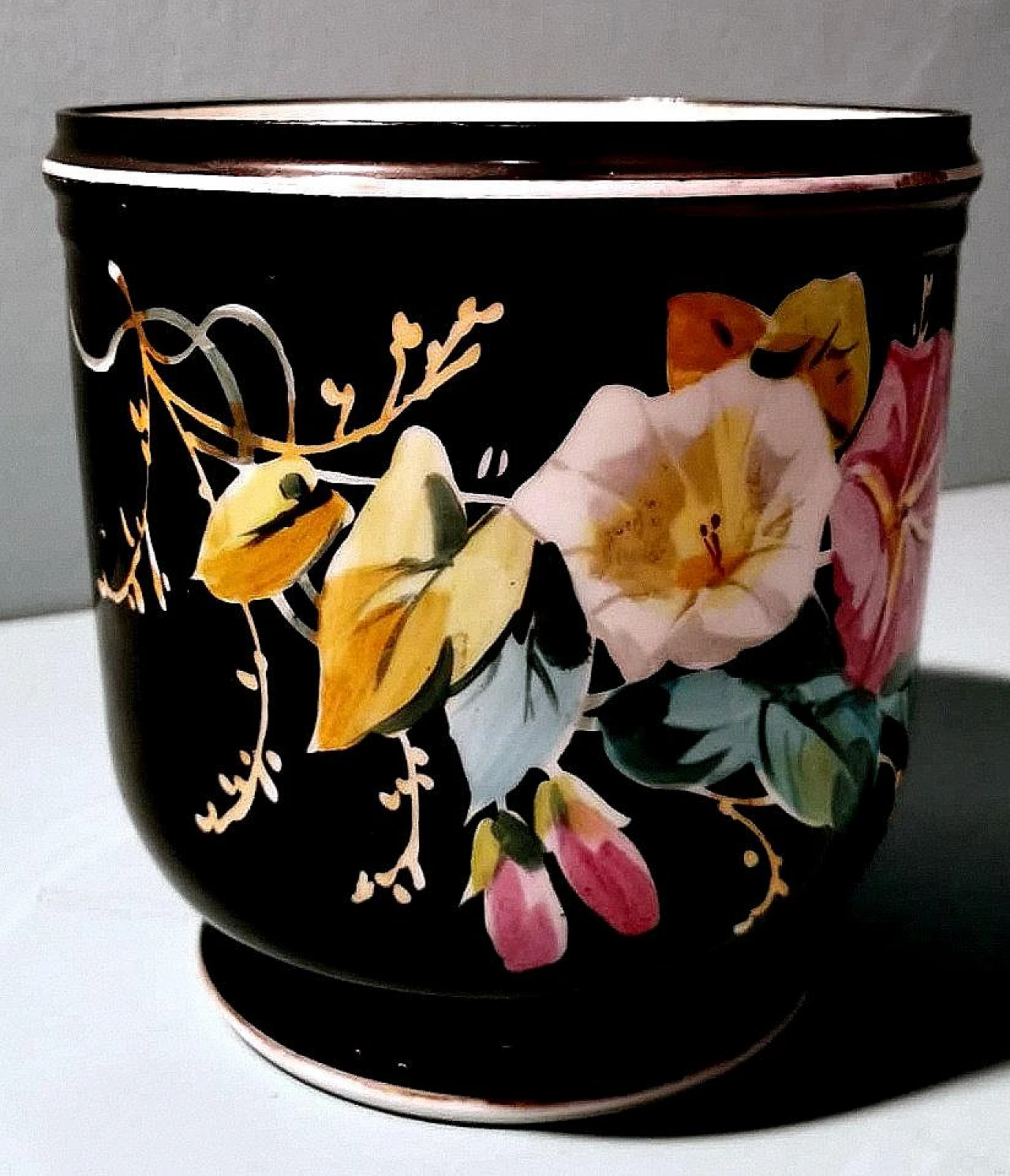
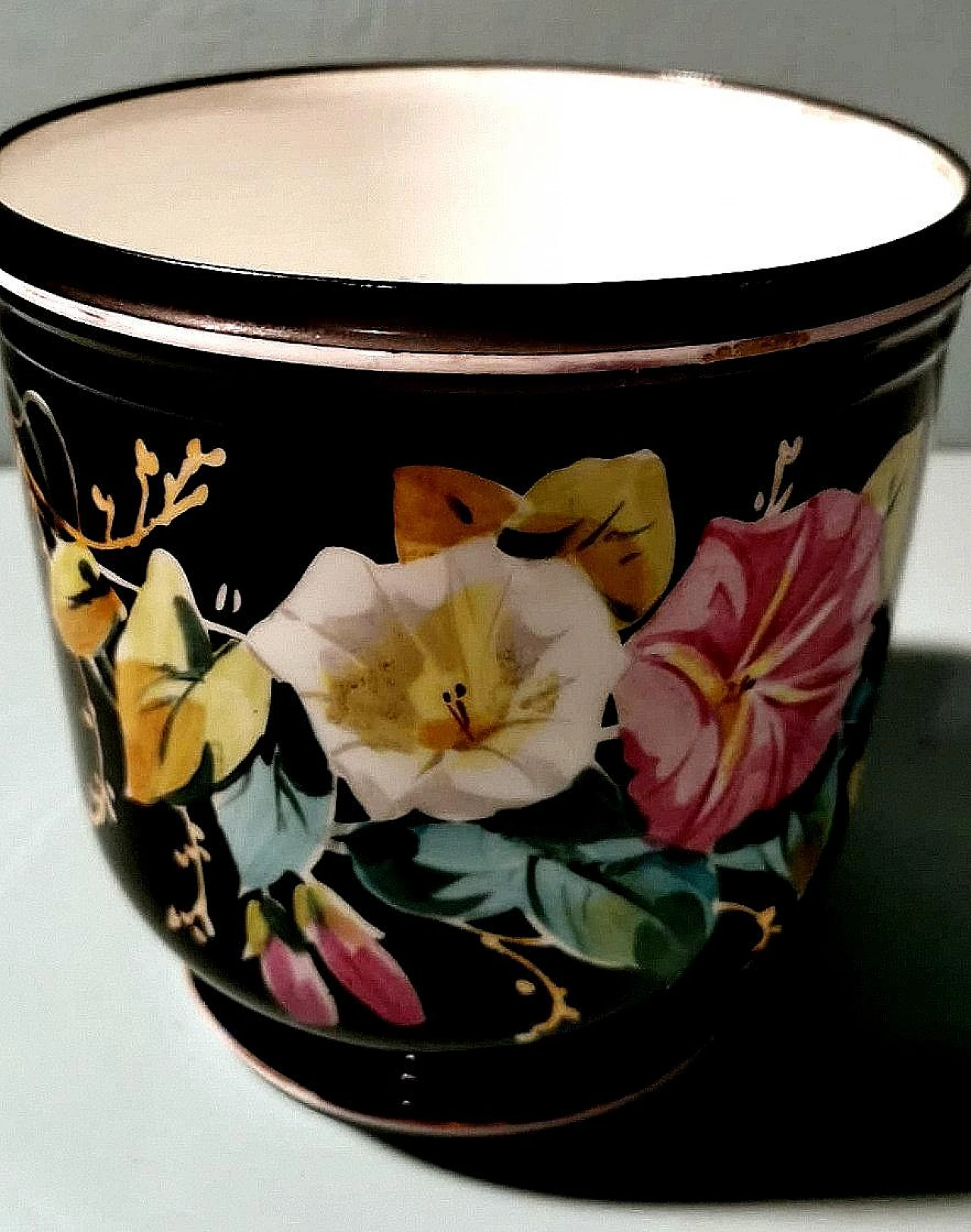
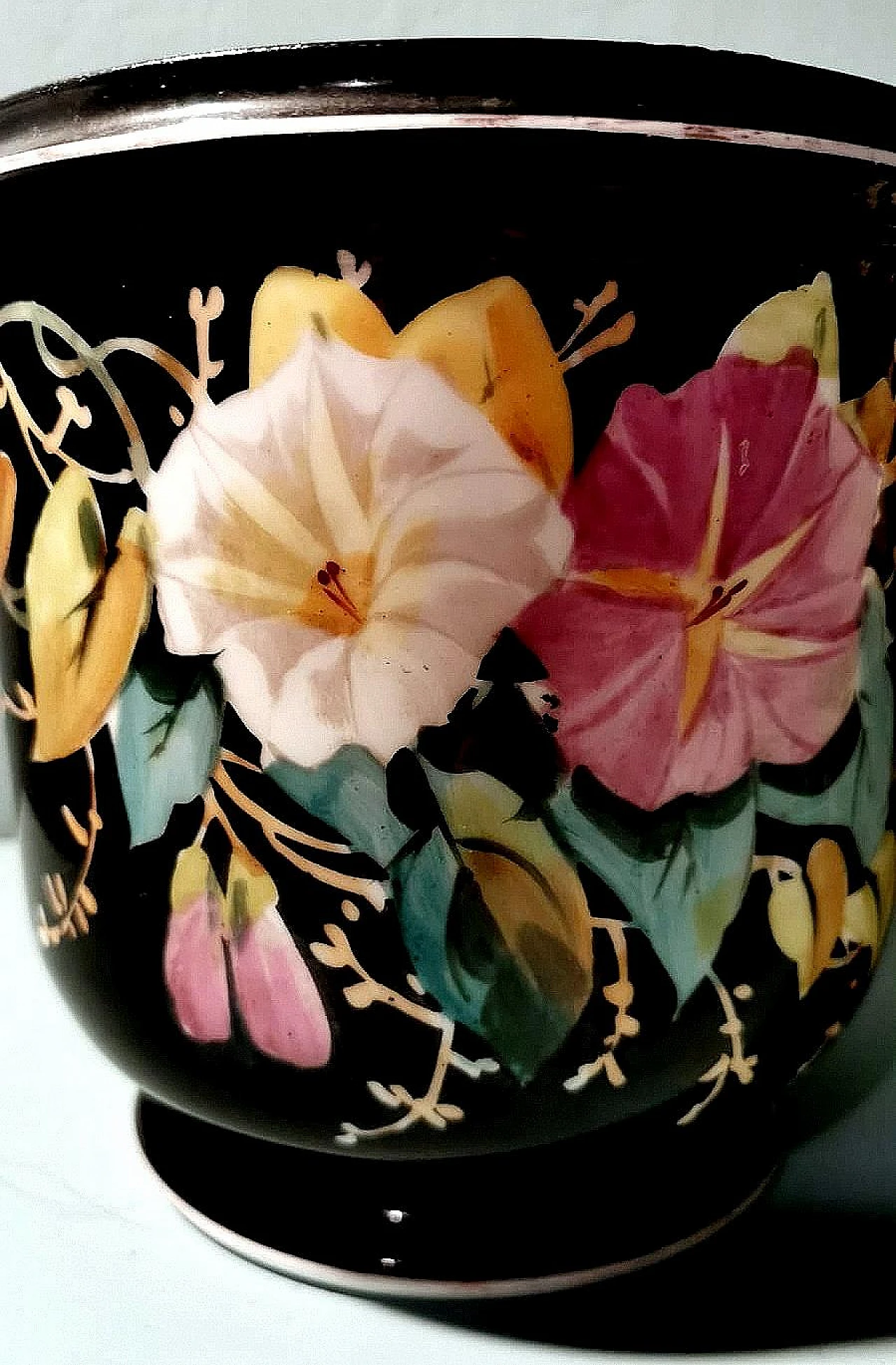
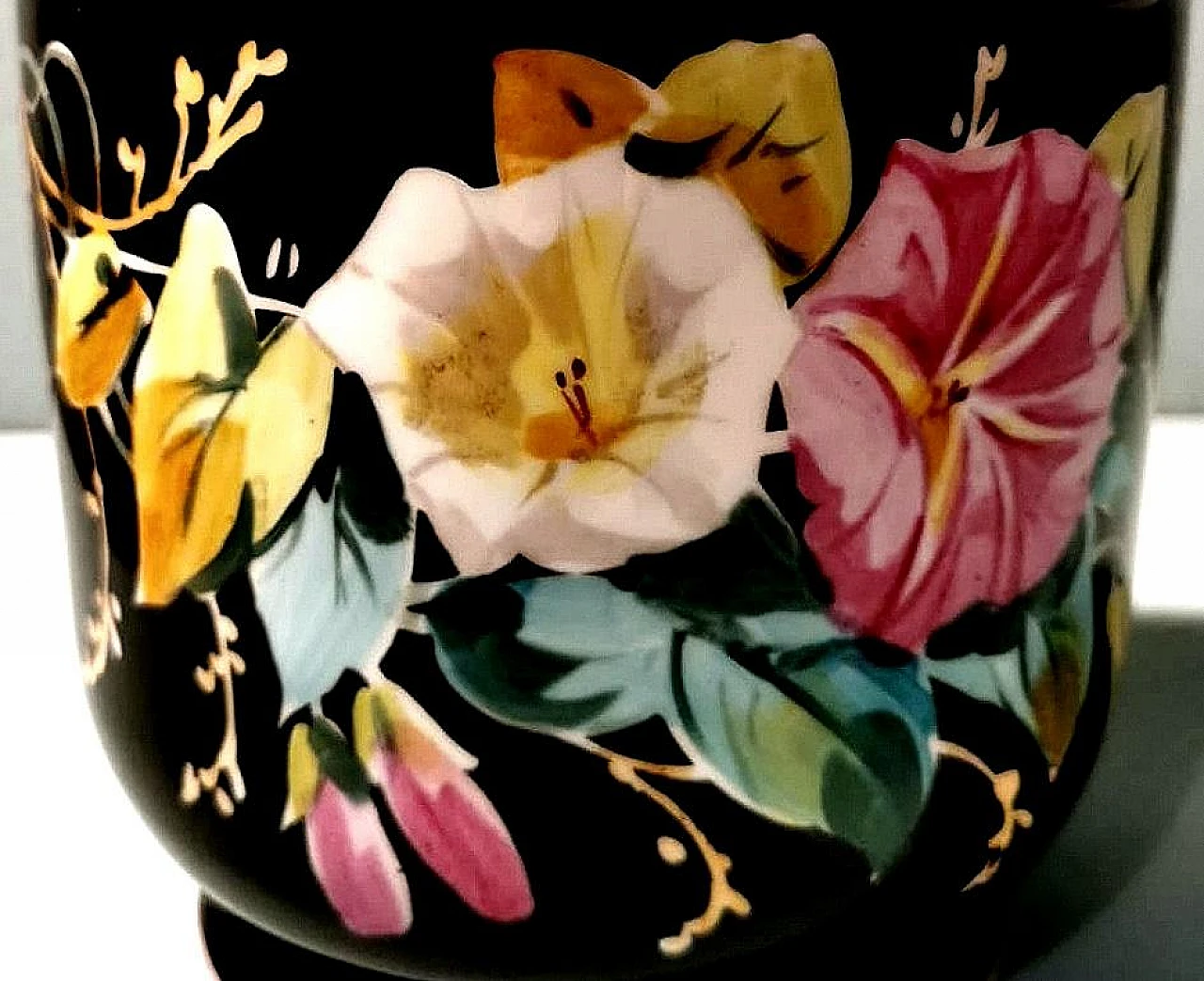
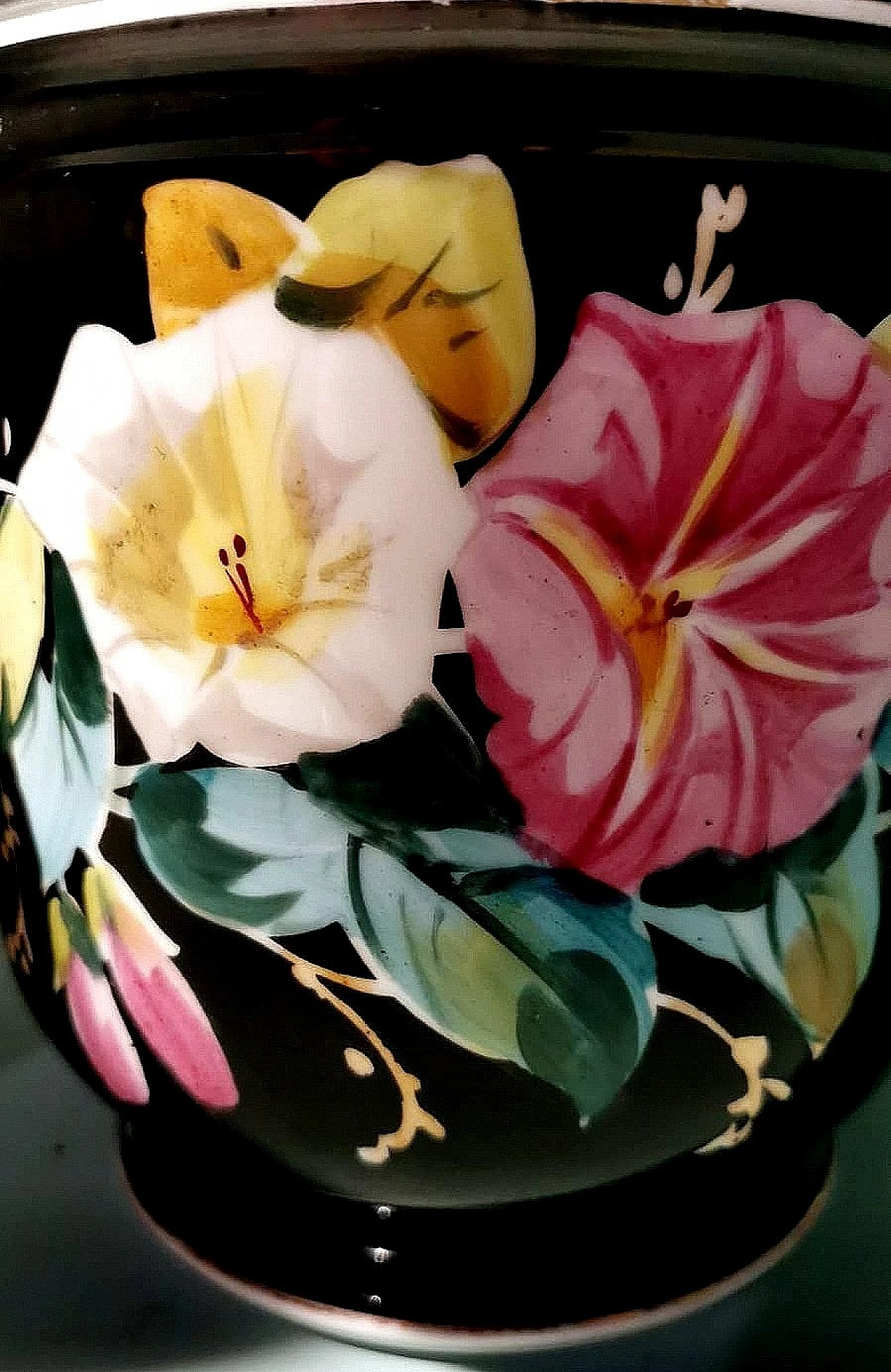
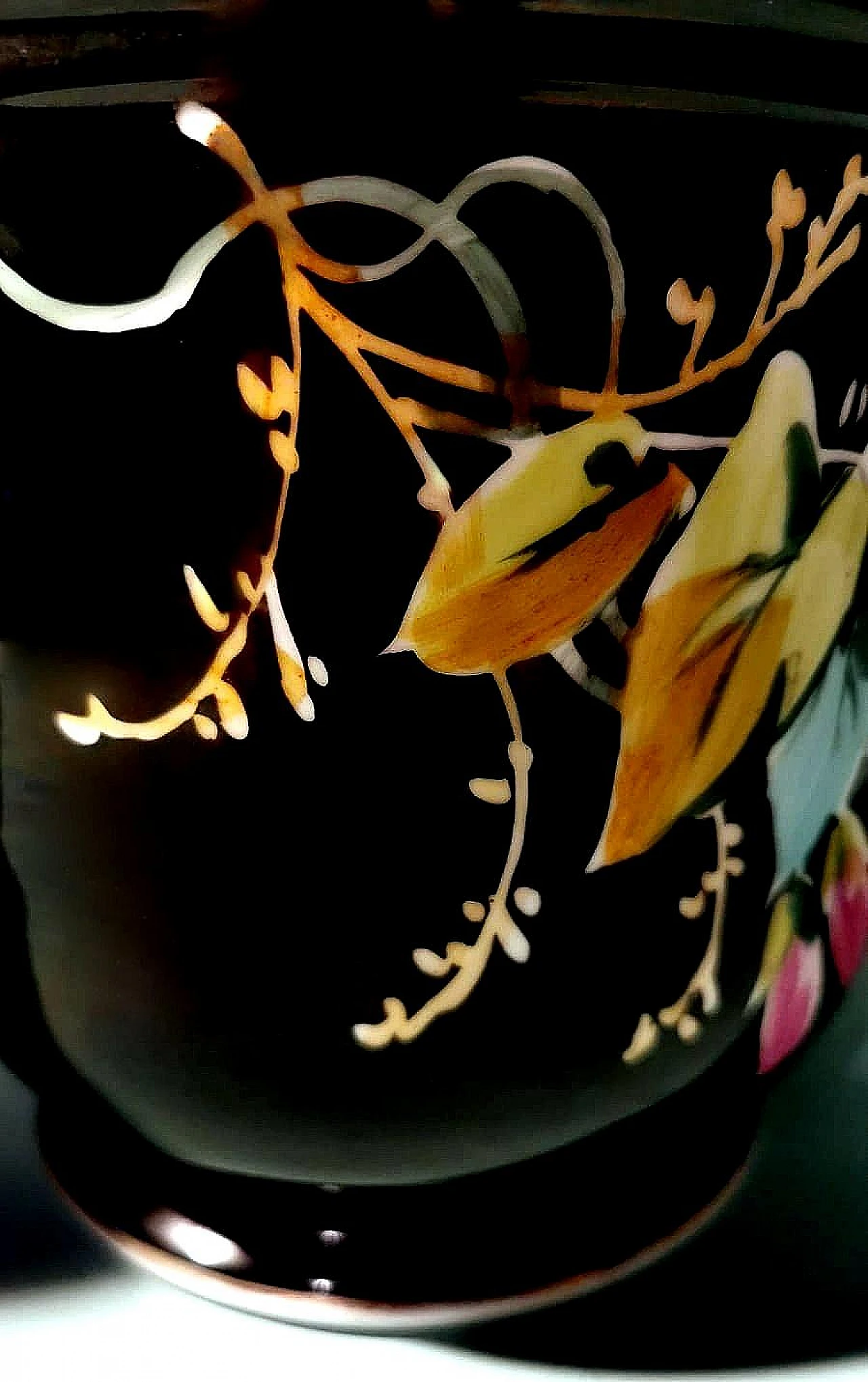
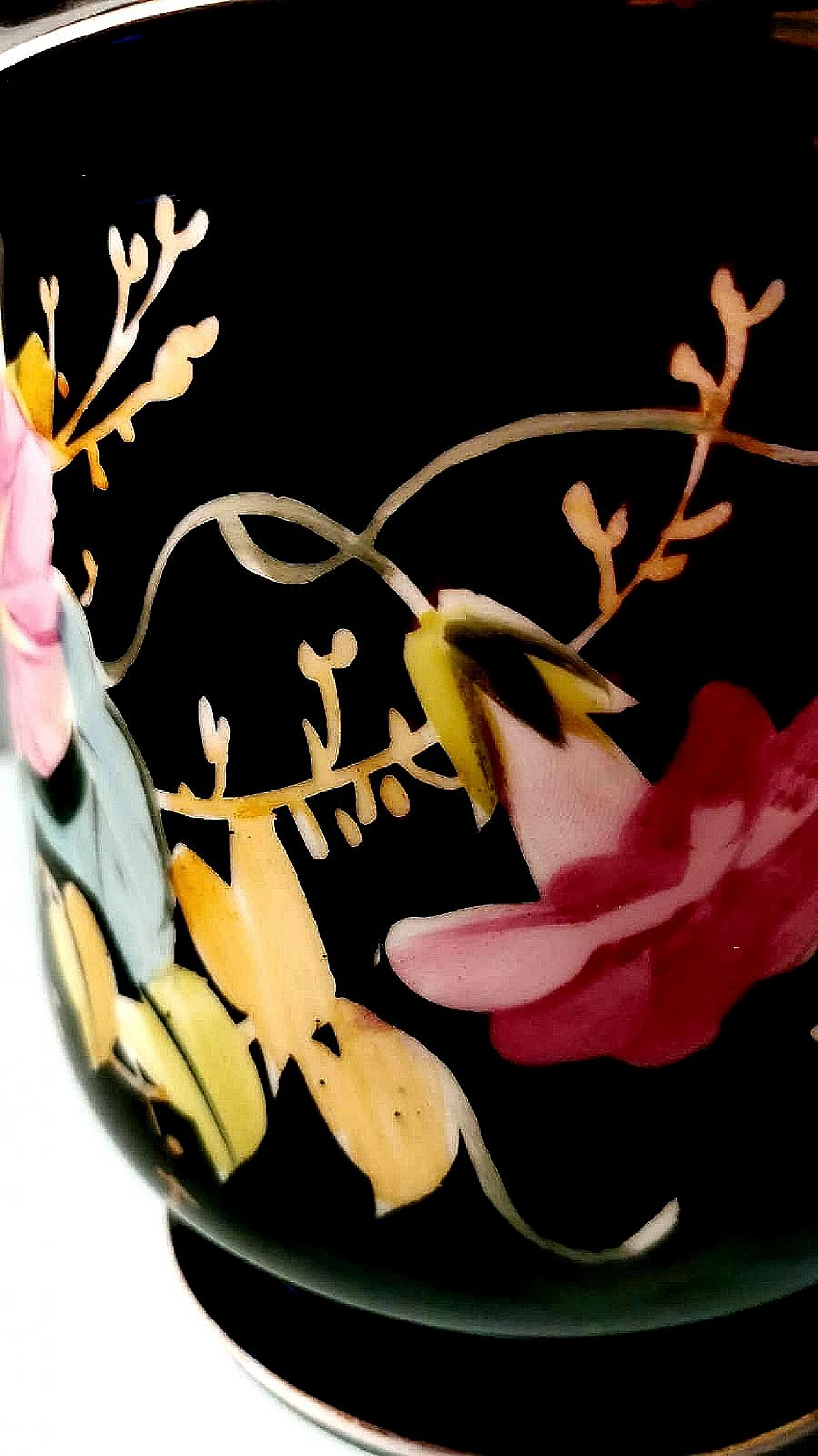
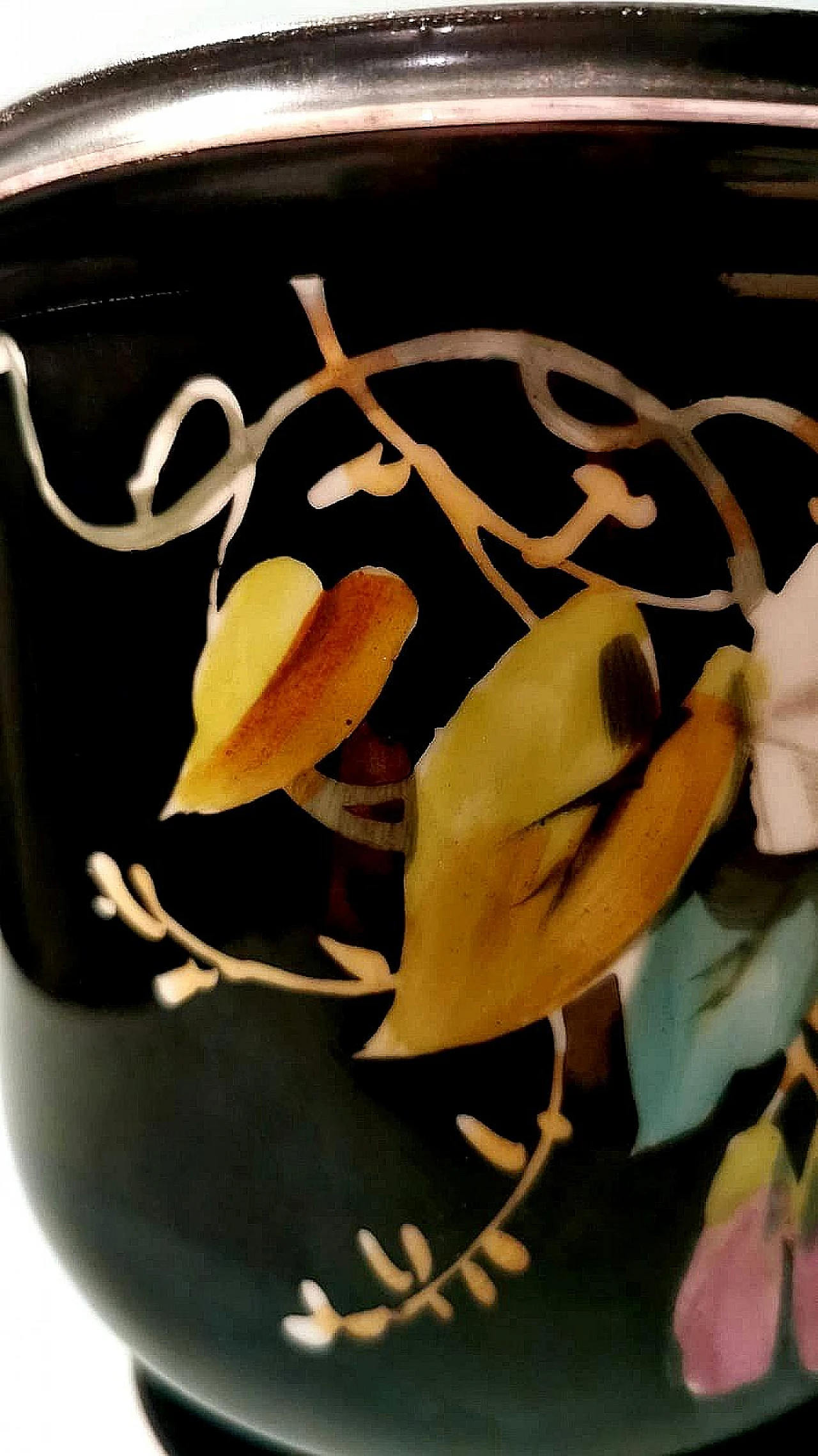
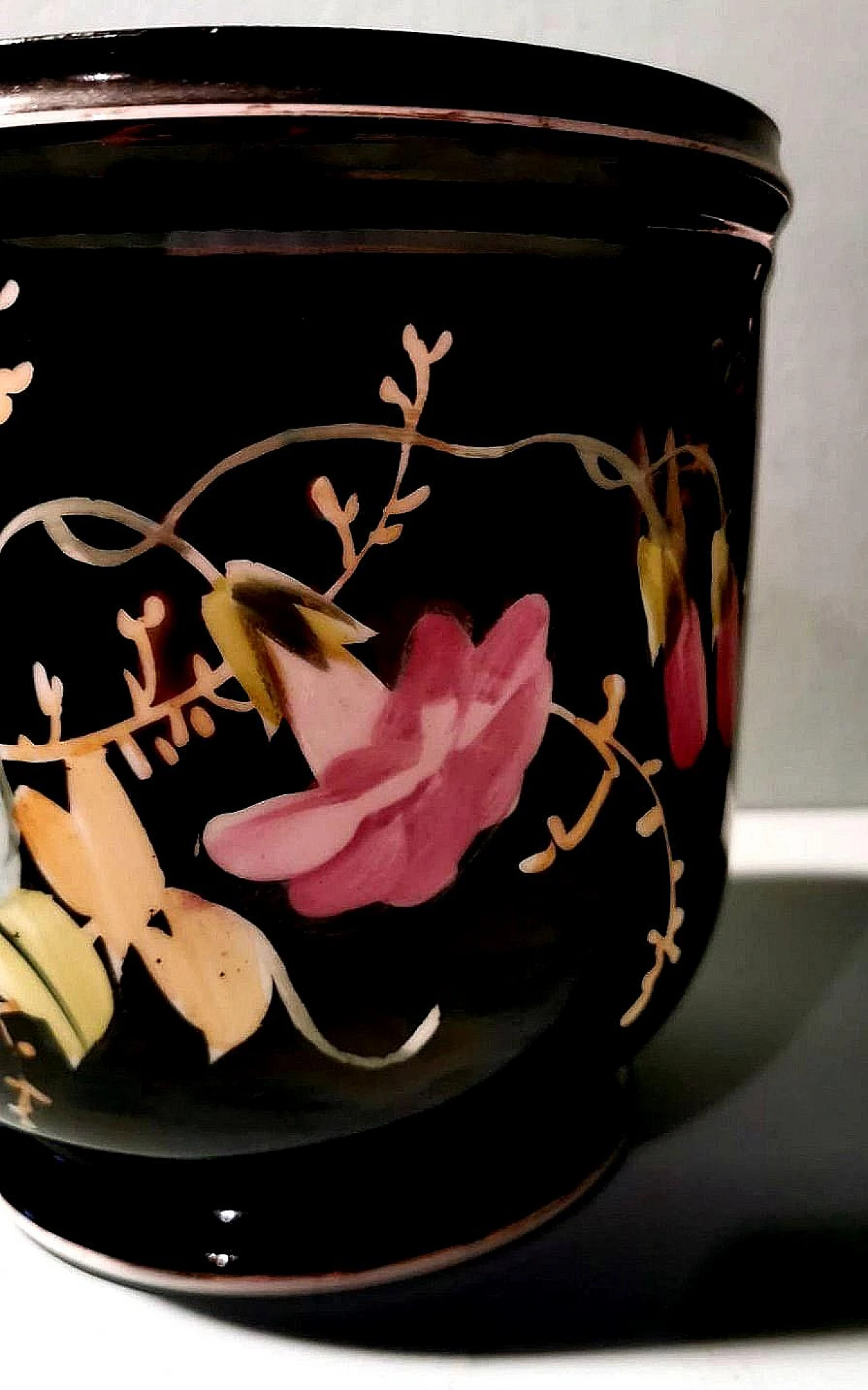
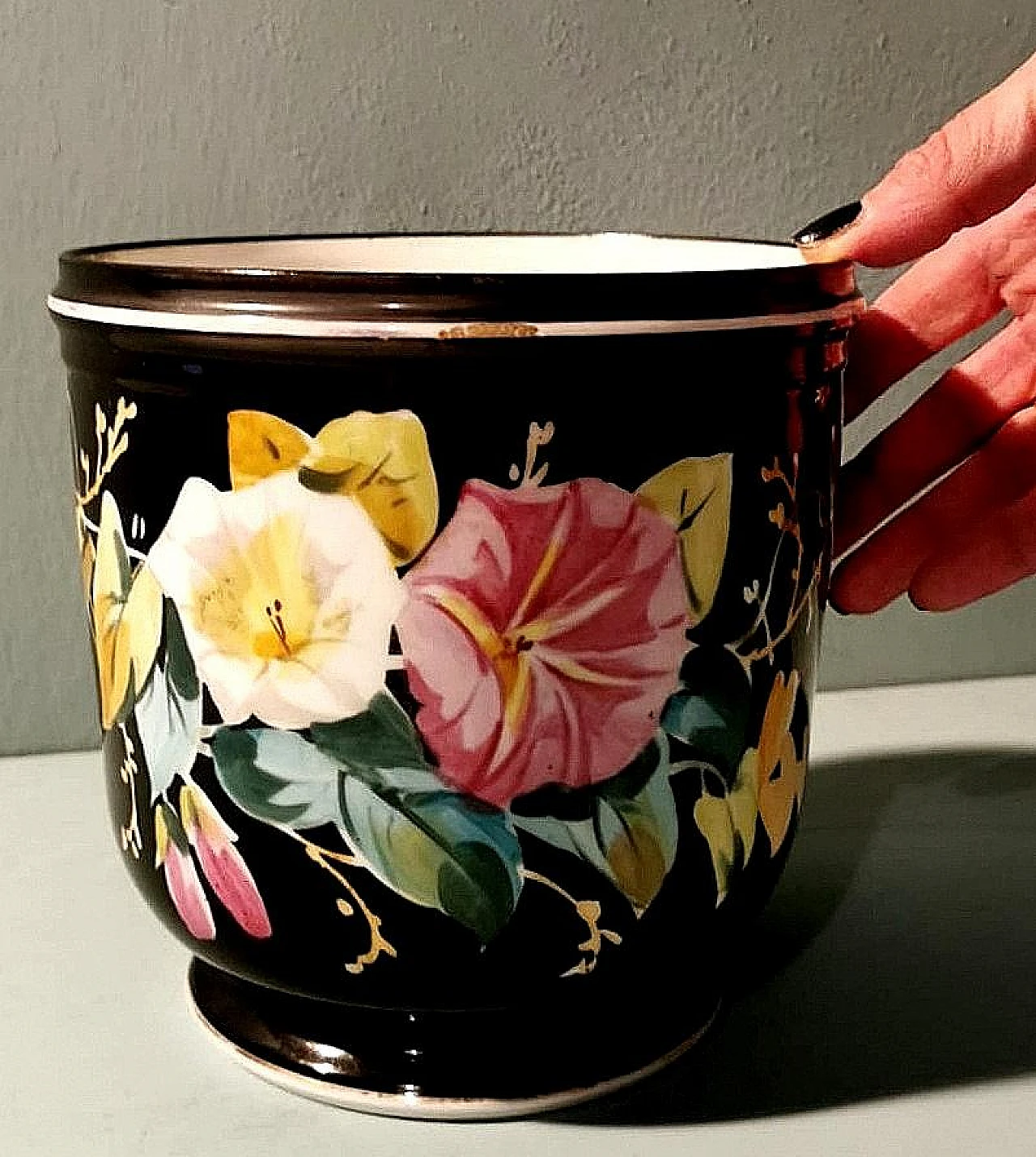
 SILVER Seller in Prato, Italy
SILVER Seller in Prato, Italy






.png)





